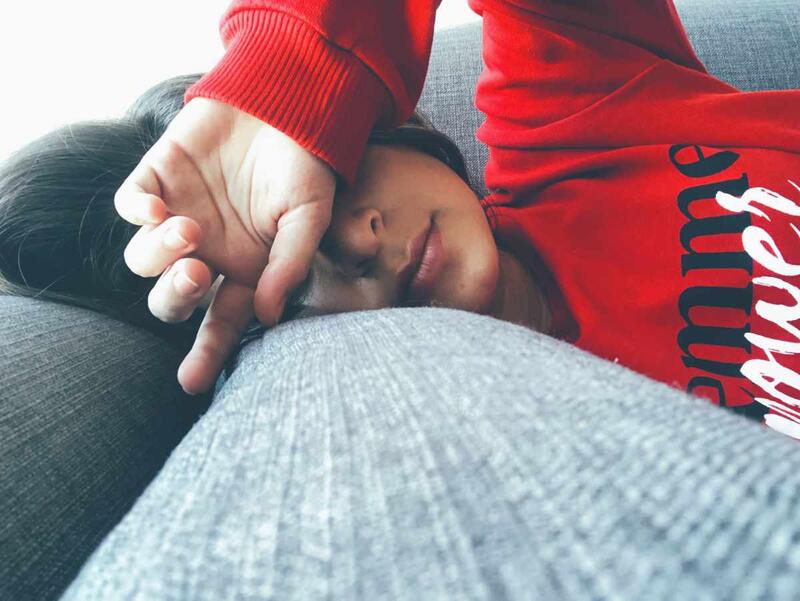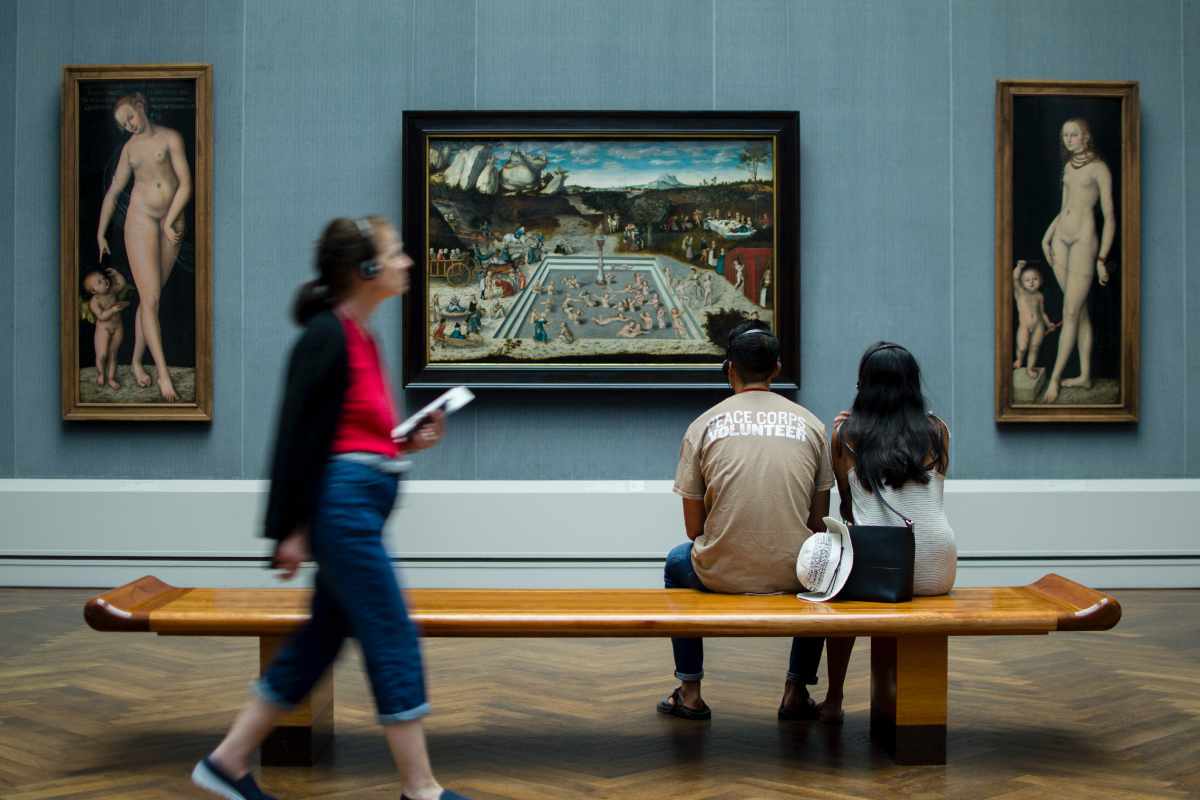
Have the courage to make the changes YOU deserve!

How to Beat Creative Burnout
The term ‘burnout’ was first coined in 1974 by American psychologist Herbert Freudenberger. He used the phrase to describe a psychological reaction to excessive stress over a prolonged period, affecting both physical and mental health through symptoms such as exhaustion.
What is Creative Burnout?
Creative burnout is more specific to people working in creative professions. It’s feeling as if you’ve drained all your creativity and have nothing left to give.
Why does this happen? Well, creativity is like a well. If you keep drawing from it without letting it refill, it will eventually dry out. That’s creative burnout. Our minds need rest, care and support, but these things are often overlooked and neglected.
Signs & Symptoms to Look Out For
Burnout can affect people across all demographics and professions. However, symptoms are varied, and it doesn’t look the same for everyone. Here are a few tell-tale signs to look out for…
- Exhaustion or feeling constantly drained
- Feeling overwhelmed and unable to cope
- Dreading work
- Feeling blocked or lacking motivation
- Chronic procrastination, cynicism and irritability
- Sudden onset or a marked increase in feelings of self-doubt and imposter syndrome
- Physical symptoms such as headaches, stomach and bowel problems
- Trouble sleeping
Prevention is Better than Cure
The best way to beat creative burnout is to avoid it in the first place. I’ve touched on this before in How to Be Productive and Avoid Burning Out, but good advice bears repeating. There are four key things you can do to protect your creativity:
Take a Break
Not giving yourself enough time to relax and unwind is a huge factor in burning out. As well as taking regular breaks throughout the working day, it’s important to create longer periods of downtime each week and at various intervals throughout the year. Remember, rest is productive, and when you take time off, you’re investing in a burnout-free future. Use your downtime to fill your creative cup. Take yourself on an artist date, create something ‘just for fun’ or seek out music, art, books and films that inspire you.

Plan and Prioritise
In my experience, downtime doesn’t just happen, especially when you work for yourself. Planning your workload and scheduling rest is essential if you want to avoid burning out. Study your to-do list, figure out what’s urgent and sort the essentials from the nice-to-dos. When creative burnout feels dangerously close, try focusing on the bare minimum. Ask yourself, ‘what’s one thing I can do today to move this project/my business forward?’ If it can be done from the comfort of your sofa, even better!
Learn to Say No
It’s up to you to protect your time and energy. Turning down projects, tasks and requests that do not align with your goals and values is an important skill to develop. Saying no enables you to produce your best work and serve others, but it also leaves you free to enjoy your downtime. Find out more in What are Professional Boundaries and Why Do You Need Them?
Ask for Help
When you start feeling overwhelmed and burnt out, try asking for help. Even sole traders don’t have to do everything on their own! Perhaps it’s time to consider outsourcing certain tasks to a professional? Or maybe you need to ask friends and family to pitch in at home? Either way, asking for help is never a sign of weakness. We should all do it more often!
Tips for Recovery
Sometimes, despite our best efforts, creative burnout happens anyway. When it does, it’s vital you don’t try to push through. Accept you’re feeling burnt out and take a break. Give yourself time to relax and unwind.
Burnout can increase the volume of your inner critic, so it’s important to show yourself plenty of kindness and compassion. There’s no shame in being burnt out. The urge to create will return. If you focus on rest and recovery in the meantime, you’ll be in a much better place to do so when it does. Above all, learn from the experience so you can avoid it happening again.
If You Do One Thing This Week
Conduct a quick burnout audit. Ask yourself the following questions and use the advice above to make the necessary changes within your business and/or at home:
- Are you taking enough breaks?
- How’s your schedule looking for the next few months?
- Could your workload become overwhelming? If so, are there any tasks you can let go of?
- How do you feel about your work/life balance? Would some professional boundaries help?
- What are you doing to fill your creative well?
Further Reading/Watching/Listening
- How to Refill Your Creative Well (this article focuses on writing, but the advice can easily be applied to other creative professions)
- When Artists Get Creative Burnout
- Honest Designers Podcast – Creative Burnout is Back!
